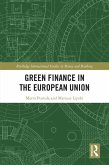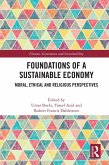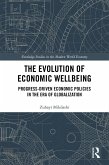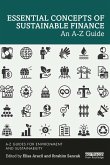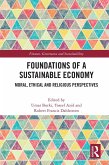It presents an in-depth and unique analysis of the sources of funding for environmental measures implemented by European Union institutions, against the backdrop of national expenditure by Member States, and analyses the plausibility of the adopted targets in the run-up to 2050, in the context of the war in Ukraine and ad hoc energy policy solutions. This book is a voice in an ongoing discussion among the community of practitioners and theoreticians on sources of financing for the energy transition to achieve independence from Russian sources in the quickest possible timeframe. It demonstrates that environmental measures cannot occur without the financial participation of economic actors and financial institutions, particularly the capital market, and further underscores the scale of involvement in environmental projects, as measured by the value of green loans and green bonds covered by European financial institutions. The authors offer policy recommendations for financing activities related to environmental policy, notably energy transition.
This book will appeal to scholars, students and researchers of corporate finance, banking, strategic and public finance management as well as polic-ymakers and practitioners involved in green finance investments.
Dieser Download kann aus rechtlichen Gründen nur mit Rechnungsadresse in A, B, BG, CY, CZ, D, DK, EW, E, FIN, F, GR, HR, H, IRL, I, LT, L, LR, M, NL, PL, P, R, S, SLO, SK ausgeliefert werden.



